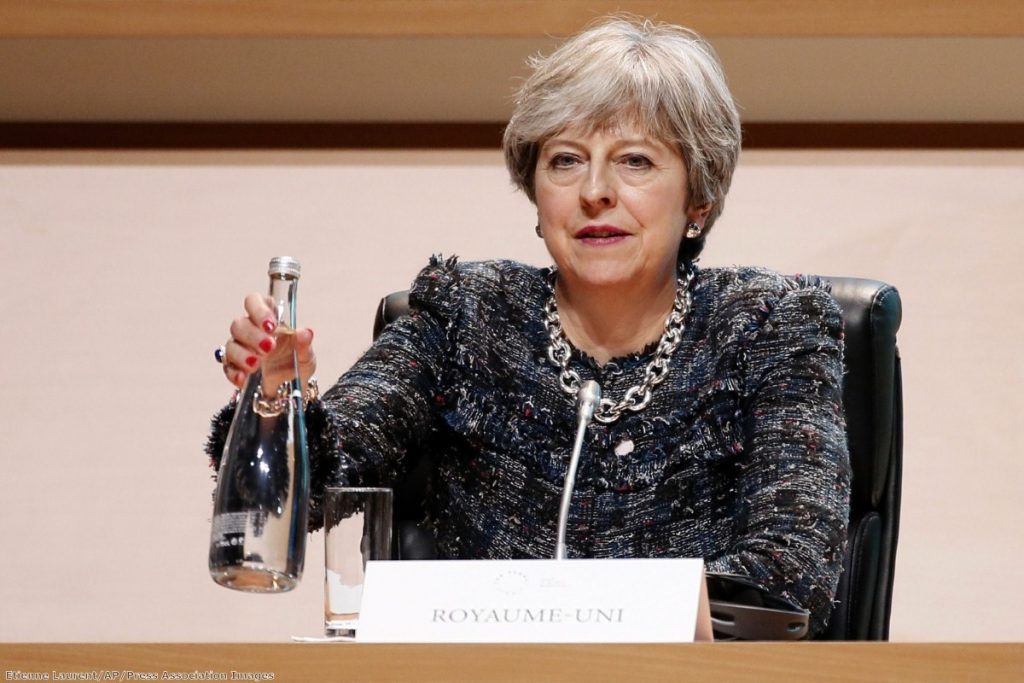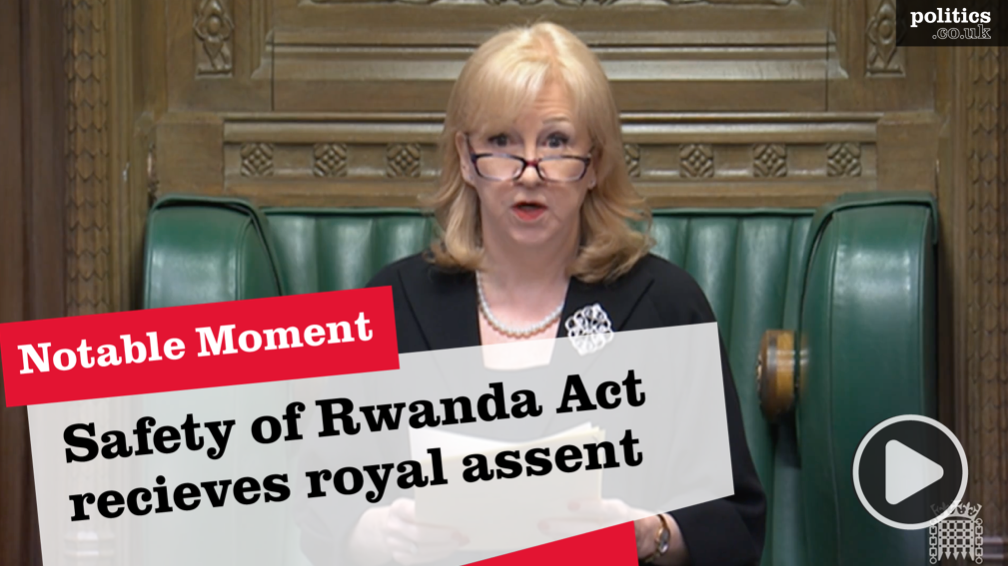served as of the of Great and from 2016 to 2019.
May led the UK through the triggering of Article 50 and the subsequent ‘Brexit’ negotiations.
After a disappointing performance in the 2017 , she was eventually ousted after failing to find a to the liking of the then parliamentary .
May has been the Conservative Member of Parliament for Maidenhead since 1997. The UK’s second woman , she is also the only woman to have held two great offices of state ( and ).
In March 2024, she announced that she would be standing down from the House of Commons at the next election.

When David Cameron resigned as and of the following the ‘Leave’ result at the EU referendum, declared her candidacy for the Conservative leadership.
Launching her leadership campaign in June 2016, May said: ‘My pitch is very simple. I’m and I think I’m the best person to be of this country’.
She began the process of leaving the EU in March 2017 by triggering Article 50. One month later, she announced a snap with aims of increasing her majority and bettering her hand in the Brexit negotiations to follow.
The manifesto in the 2017 General Election proposed reforms to social care that would have raised the threshold for free care from £23,250 to £100,000 while including property in the means test and allowing payment after death.
After a public backlash – which included the policy being labeled as the ‘dementia tax’ – there was a U-Turn on the policy just a few days after the manifesto launch. This, alongside a lackluster campaign and May’s reluctance to debate on television with her political rivals, saw the Conservatives lose ground at the polls.
In the that followed the 2017 – in which the number of seats had fallen from 330 to 317 – May formed a ‘confidence and supply’ agreement with ‘s Democratic Unionist .
In 2018, May survived a ‘no confidence’ vote from MPs and, in January 2019, a parliamentary ‘vote of no confidence’ tabled by Opposition , Jeremy Corbyn.
However, after failing to pass her on three occasions, May tendered her to the Queen on 24th July 2019.
included 51 resignations – 33 relating to Brexit. These included 12 departures from the Cabinet. This unprecedented number of resignations over less than three years was more than was experienced by Margaret Thatcher (11 years) and Tony Blair (12 years).
What is doing now?
After leaving 10 Downing Street, Theresa May has become Lady May after her husband was knighted.
She continues to serve as the for Maidenhead having been re-elected at the 2019 regularly in the House of
According to the Register of Members Interests, since leaving office, Theresa May has clocked up many hundreds of thousands of pounds from commercial speaking engagements. The entries in the Register would seem to suggest her going rate is around the £40,000 mark per time.
Political career
May first won her safe seat of Maidenhead in Berkshire at the 1997 .
Upon entering parliament, May became Shadow Spokesman for Schools, Disabled People and Women (1998-1999). She then became the first of the Conservative MPs elected in 1997 to enter William Hague’s shadow Cabinet, doing so as shadow Education and Employment in 1999.
Under Ian Duncan-Smith, May was made of State for Transport.
In 2002, she became the first female Chairman of the . During her speech at the 2002 Conference, she famously claimed that her must change, saying: ‘You know what people call us? The Nasty ‘.
In 2003, after Michael Howard’s as , May was appointed of State for Transport and the Environment. In June 2004, she was moved to become of State for the Family. Following the 2005 she was also made of State for Culture, Media and Sport.
David Cameron made May shadow of the House of in 2005 and then of State for Work and Pensions in 2009.
Following the 2010 , May was made in the new Coalition .
Serving for 6 years (until her accession as Prime Minister in 2016), May became the longest-serving for over 60 years. During her tenure she pursued reform of the Police federation, a hard-line drugs policy and brought in additional restrictions on . She introduced the Modern Slavery Act in 2015.
Before
May studied geography at the all-female St. Hugh’s College, Oxford.
After graduating in 1977, May previously worked at the Bank of England, and at the Association for Payment Clearing Services (APACS). She also served as a local councillor for Durnsford in Merton.
Personal Life
May was born on 1st October 1956 to Hubert Brasier, an Anglican vicar, and his wife Zaidee in Eastbourne, Sussex.
May met her future husband, Philip, then-president of the Oxford Union, while they both studied at Oxford University. The couple do not have children.
Things you might not now about
A fashion icon?
May is frequently posited as a fashion conscious politician. As PM, May sparked a PR disaster known as ‘Trousergate’ for wearing a £995 pair of designer trousers. Former education Nicky Morgan commented: ‘I don’t think I’ve ever spent that much on anything apart from my wedding dress’. The media also frequently commented on May’s varied shoe selection.
A fan of Switzerland
Theresa and Philip May regularly visit Switzerland. They regularly take a summer holiday in the car free Swiss mountain resort of Zermatt where they engage in mountain walks in the Trift Valley and underneath the Matterhorn.
A love of cricket
is a big fan of cricket, and regularly attends matches. In the honours lists that came out during her time as , a number of leading cricketers received knighthoods, including Andrew Straus, Alistair Cook, and Geoffrey Boycott.
Contact details
Twitter – @theresa_may
Facebook – https://www.facebook.com/TheresaMayOfficial/
Theresa May reacts to Queen’s Speech, saying mental health patients ‘deserve better’
Theresa May: This battle with Russia is ‘a defence of democracy itself’


















